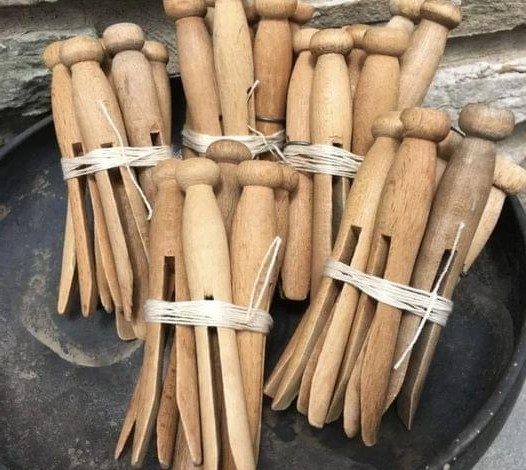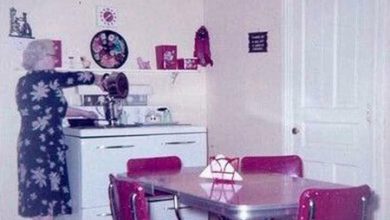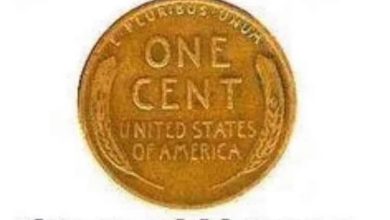
ADVERTISEMENT
The Timeless Utility of the Wooden Clothespin: A Symbol of Simplicity and Functionality
In a world increasingly dominated by high-tech gadgets and fast-paced innovation, there remains a humble tool that has stood the test of time: the wooden clothespin. Simple in design yet versatile in use, the wooden clothespin is a quintessential example of how basic tools can play an essential role in everyday life. This article explores the history, design, and enduring relevance of the wooden clothespin, celebrating its place in both domestic chores and creative pursuits.
The Origins of the Wooden Clothespin
The wooden clothespin, also known as a dolly peg, dates back to the early 19th century. The need to secure wet clothes on a line as they dried led to the invention of the clothespin, a tool that could grip fabric without damaging it. The earliest clothespins were simple wooden pegs, often hand-carved, and they lacked the spring mechanism found in modern versions.
In the 1850s, a Vermont inventor named David M. Smith revolutionized the clothespin by adding a two-pronged design with a spring in the middle. This allowed the clothespin to open and close easily, providing a stronger grip on the clothesline. However, the traditional one-piece wooden clothespin, as seen in the image, has persisted alongside its spring-loaded counterparts due to its straightforward design and reliability.
Design and Functionality: A Masterclass in Simplicity
The wooden clothespin’s design is a study in simplicity and effectiveness. Made from a single piece of wood, typically hardwood like beech or maple, it is shaped to have a rounded top for easy handling and two prongs at the bottom. The split between the prongs creates a natural tension that allows the clothespin to securely hold fabric to a clothesline.
Key elements of the design include:
ADVERTISEMENT
- Durability: The use of hardwood ensures that the clothespin is strong enough to withstand repeated use, exposure to the elements, and the weight of wet laundry. The absence of metal components also means there’s no risk of rust, making the wooden clothespin ideal for outdoor use.
- Versatility: Beyond its primary function of securing laundry, the wooden clothespin is a versatile tool with numerous applications. It can be used in crafting, organizing, and even as a stand-in for other small tasks that require a firm grip or a simple clamp.
- Eco-Friendliness: As concerns about environmental impact grow, the wooden clothespin remains a sustainable option. Unlike plastic alternatives, wooden clothespins are biodegradable and made from renewable resources, aligning with eco-conscious lifestyles.
- Aesthetic Appeal: The wooden clothespin has a rustic charm that has made it a favorite among those who appreciate vintage or minimalist aesthetics. Its simple design and natural materials lend themselves well to decorative uses, such as in crafts, home decor, and even photography.
The Role of the Wooden Clothespin in Everyday Life
For decades, the wooden clothespin was a staple in households around the world, particularly before the advent of electric dryers. Hanging laundry outdoors to dry was not only a common practice but also a necessity, and the wooden clothespin was the tool that made it possible. Even as technology has evolved, many people continue to use wooden clothespins for drying clothes, citing the fresh scent of air-dried laundry and the energy savings as key benefits.
In addition to its traditional role in laundry, the wooden clothespin has found a place in various creative and practical applications:
- Crafting: The simplicity of the wooden clothespin makes it a popular choice for DIY projects. It can be painted, decorated, or combined with other materials to create everything from holiday ornaments to picture holders.
- Organization: Wooden clothespins are often used to keep items together, such as sealing snack bags, organizing papers, or holding together fabric swatches. Their strong grip and lightweight design make them perfect for such tasks.
- Gardening: In gardening, wooden clothespins can be used to attach plant labels to pots, secure plants to stakes, or even as makeshift markers in the soil.
- Education: Teachers and parents often use wooden clothespins as educational tools, incorporating them into activities that teach counting, sorting, or fine motor skills. Their ease of use and durability make them ideal for young children.
The Wooden Clothespin in a Modern Context
Despite the proliferation of modern conveniences, the wooden clothespin continues to be valued for its simplicity, reliability, and eco-friendliness. In a time when sustainability is increasingly prioritized, wooden clothespins offer a low-impact alternative to plastic and other synthetic materials.
Moreover, the wooden clothespin’s enduring appeal lies in its ability to adapt to various uses. Whether in the home, garden, or classroom, it remains a go-to tool for countless small tasks. Its longevity in the face of changing technology is a testament to the value of straightforward, well-designed tools that fulfill their purpose without unnecessary complexity.
Conclusion: The Timeless Appeal of the Wooden Clothespin
The wooden clothespin is more than just a tool; it is a symbol of simplicity, practicality, and sustainability. Its design has remained largely unchanged for over a century, a reflection of its effectiveness and the satisfaction it provides in accomplishing everyday tasks. In a world where so many products are designed to be disposable, the wooden clothespin stands as a reminder of the enduring value of well-made, functional items.
ADVERTISEMENT
Whether used for its original purpose or repurposed in creative ways, the wooden clothespin continues to be a beloved item in households around the world. As we navigate an increasingly complex world, the wooden clothespin reminds us that sometimes, the simplest tools are the ones that serve us best.
This article celebrates the wooden clothespin, highlighting its history, design, and various uses. If you would like to add any more details or have specific aspects you’d like to focus on, feel free to let me know!




